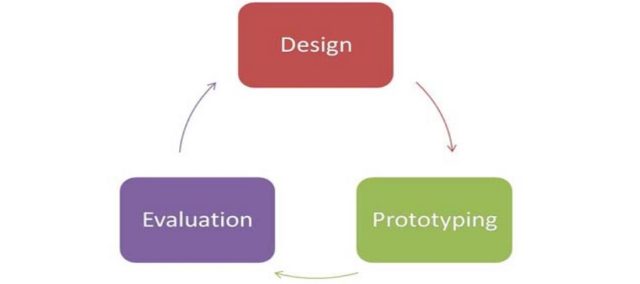Two Important Things that You Should Always Test in User Interface Design and Evaluation Principles

A user interface, similar to a human face, has a direct advantage in attracting users. A well-designed user interface can guide and lead users to complete an operation. And rationally designed interfaces can give users a sense of accomplishment. The focuses of graphic user interface design and evaluation are exactness, ease of use, and visual effects.
As a tester, tester should test whether the style of a user interface can meet users’ needs and follows some UI design and evaluation principles (e.g. whether an interface is beautiful and visualized and whether the operation is user-friendly and easy).

Without a fixed rule on what a user interface should be, it depends on the tester’s subjective judgment especially for usability and visual effect evaluation. Therefore, personal viewpoints should be better taken into consideration. One thing to note is that there are some basic principles in user interface design that need to be tested.
There are various kinds of currently prevalent user interface styles. The style of the browser used by structured software, single-window and multi-window, and the style of resource manager, among others. No matter what kind of style it is, the great importance should be attached to the following user interface design and evaluation principles, there are:
- Ease of use
This user interface design and evaluation principle suggests that the names of buttons and menu items on the screen should be easy to be understand. Make sure that the right words are used; avoid confusing and misleading terms. Words should easily make a distinction between the buttons and menu items in the same interface. It’s even better if users can understand the functions of the interface and make correct operations relevantly without referring to the FAQs.
Here are some details of this principle:
- The interface should be divided into several zones based on functions; zones should be framed and have functional specifications or titles.
- The interface should support the auto-switching function of the Tab button.
- Significant components and information that should be input first on the interface should be located at the front place of Tab order and the full position of the window.
- Buttons with the same or similar functions should be framed; shortcuts should be supported by commonly used buttons.
- Elements with the same functions or tasks should be placed on a centralized location so as to shorten the distance of icon movements.

- Visual effects
This user interface design and evaluation principle suggests that the size of the interface should be aesthetically pleasing, harmonious, and effectively arranged to attract user’s attention within the valid range.
This principle includes more subjective judgments:
- Length-to-width ratio should be mainly equal to the Golden Ratio; disproportions should be avoided and breadth shouldn’t be larger than width.
- Layout should be reasonable, neither too dense nor too empty, and space should be utilized reasonably.
- Buttons should be similar in size. Names shouldn’t be too long lest interface space be excessively occupied.
- Button size should be coordinated with that of the interface.
- Big buttons should be forbidden in an empty interface.
- There shouldn’t be a large vacancy after setting all buttons.
References
Zou, C. (2017, April 27). 2 Important UI Design and Evaluation Principles You Should Always Test. Retrieved from TechInAsia: https://www.techinasia.com/talk/2-vital-principle-ui-design-evaluation

